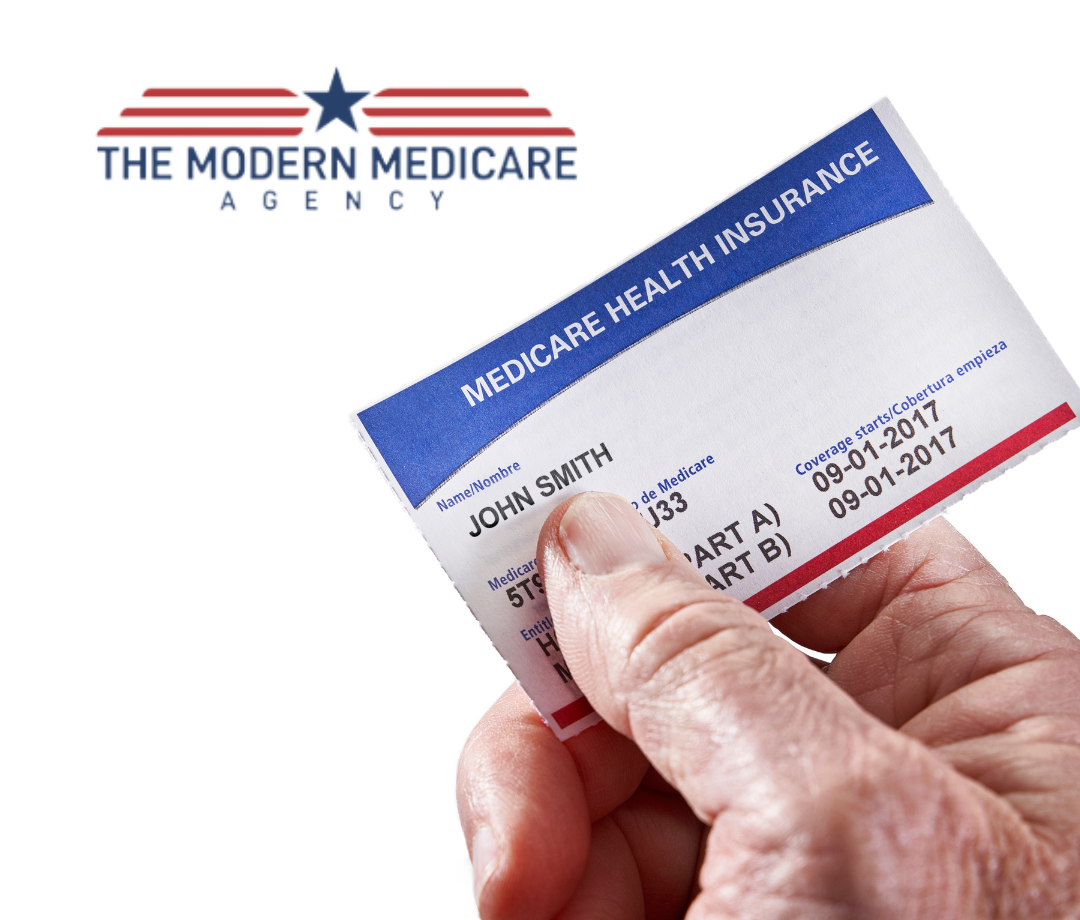Medicare Advantage Agent - An Overview
Medicare Advantage Agent - An Overview
Blog Article
Medicare Advantage Agent Can Be Fun For Anyone
Table of ContentsUnknown Facts About Medicare Advantage AgentAll About Medicare Advantage AgentMedicare Advantage Agent Things To Know Before You Buy


follows from complies with the relatively young age profile of the uninsured with the better healthMuch better wellness average, of younger personsMore youthful For those without accessibility to office wellness insurance, bad health is a possible barrier to purchasing nongroup coverage since such protection might be very priced, exclude pre-existing problems, or be merely unavailable. Unless or else kept in mind, national quotes of people without health insurance policy and percentages of the populace with different kinds of protection are based on the CPS, the most extensively used resource of quotes of insurance policy coverage and uninsurance rates.

Everything about Medicare Advantage Agent
The partnership between health and wellness insurance and access to care is well established, as recorded later in this chapter. The partnership between health insurance coverage and health and wellness results is neither direct neither straightforward, an extensive scientific and health services study literature web links health insurance protection
to improved access to care, better much better, and improved enhanced individual population populace health and wellness. The second record, on personal health end results for without insurance adults, is stood for by the innermost circle of the figure, while the third record, on family members well-being, includes the subjects of the 2nd record however emphasizes a various device of evaluation, namely, the family.
It concentrates specifically on those without any health and wellness insurance coverage for any type of size of time. The troubles dealt with by the underinsured remain in some respects similar to those faced by the uninsured, although they are normally much less serious. Uninsurance and underinsurance, nonetheless, entail distinctly different policy issues, and the strategies for addressing them may vary. Throughout this study and the five records to adhere to, the major emphasis is on persons with no medical insurance and thus no assistance in spending for health treatment beyond what is available via charity and safeguard institutions. Medical insurance is a powerful aspect impacting receipt of care because both patients and physicians reply to the out-of-pocket rate of solutions. Medical insurance, however, is neither necessary neither adequate to access to medical solutions. Nevertheless, the independent and direct result of health and wellness
insurance protection on access to my latest blog post health solutions is well established. Others will acquire the healthcare they require even without medical insurance, by spending for it out of pocket or seeking it from service providers that use care free or at extremely subsidized prices. For still others, health and wellness insurance alone does not make certain invoice of care due to other nonfinancial obstacles, such as a lack of healthcare carriers in their neighborhood, limited accessibility to transport, illiteracy, or linguistic and social differences. Formal study regarding uninsured populations in the USA dates to the late 1920s and early 1930s when the Board on the Cost of Treatment generated a collection of records concerning financing medical professional office gos to and hospitalizations. This concern became significant as the numbers of clinically indigent climbed up throughout the Great Anxiety. Empirical research studies consistently support the link in between accessibility to care and boosted health results(Bindman et al., 1995; Starfield, 1995 ). Having a normal resource of treatment can be taken into consideration a predictor of gain access to, instead than a straight step of it, when health and wellness results are themselves used as gain access to signs. This extension of the concept of accessibility dimension was made by the IOM Board on Checking Gain Access To to Personal Wellness Treatment Provider(Millman, 1993, p. Whether moms and dads are guaranteed shows up to impact whether or not their children receive treatment as well as just how much careeven if the children themselves have protection(Hanson, 1998). The health and wellness of moms and dads can impact their capability to care for their youngsters and the degree of household anxiety. Bothering with their youngsters's accessibility to care is itself a resource of stress and anxiety for moms and dads. 3 phases adhere to in this record. Chapter 2 supplies a review of just how employment-based medical insurance, public programs and individual insurance plans run and connect to provide considerable however incomplete coverage of the U.S. population. This includes an evaluation of historic patterns and public laws influencing both public and exclusive insurance coverage, a discussion of the communications amongst the different sorts of insurance policy, and an exam of why people move from one program to an additional or finish up

Report this page